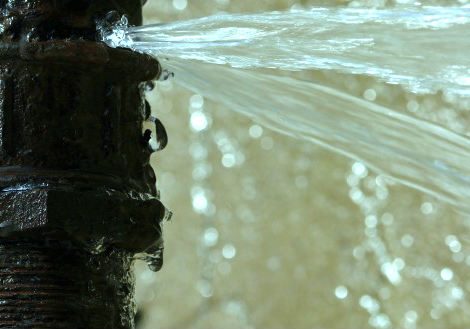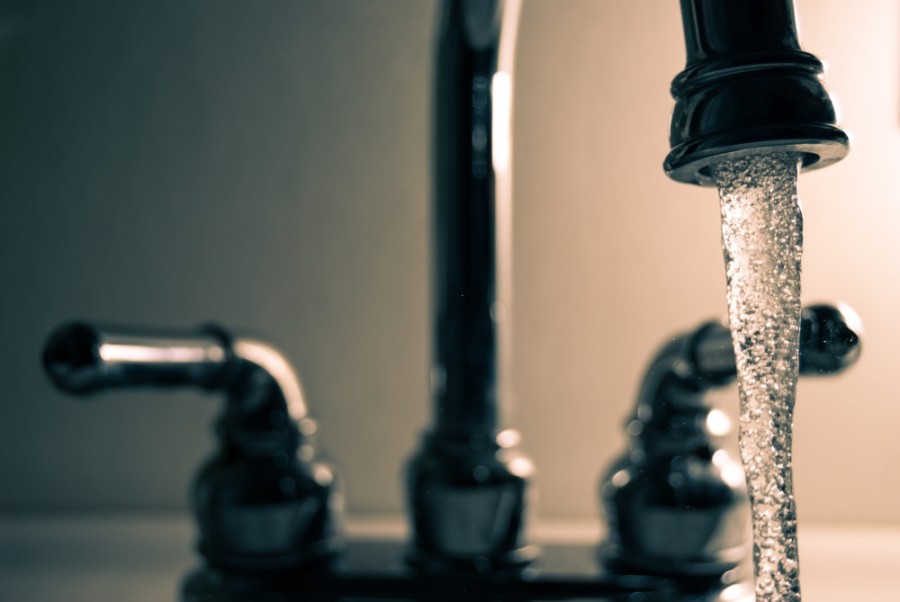Stop the Flood: Methods for Finding and Taking Care Of Burst Pipes
Stop the Flood: Methods for Finding and Taking Care Of Burst Pipes
Blog Article
Each person maintains their personal piece of advice involving How to install a dishwasher safely.

A burst pipeline is a significant emergency; you can only stand as you watch water you pay a lot to rejoin with the earth. In even worse instances, you discover a pool on your cooking area floor, which is a fantastic journey risk, especially if you have youngsters around. If the pipe that burst remained in your walls, trouble: you might need to paint that entire section.
How can a calamity like a burst pipeline be stopped and taken care of? Well, by paying attention to your professional emergency plumbing technicians and adhering to these guidelines.
Exactly how do I know when my pipelines have burst?
Rising and fall water pressures
Pipelines do not just burst in a day. You might have discovered that your kitchen area faucet or shower doesn't run immediately when you transform the faucet. It might pause for a couple of seconds and after that blast you with more force than usual.
In other circumstances, the water may appear normal in the beginning, then decrease in stress after a few secs.
Wet wall surfaces and water spots
Prior to a pipe ruptureds, it will leakage, most times. If this persistent dripping goes unnoticed, the leak might finish into a large gash in your pipeline. One very easy way to prevent this emergency is to look out for wet wall surfaces ad water spots. These water discolorations will lead you right to the leak.
Puddles under pipes and also sinks
When a pipe bursts, the discharge forms a puddle. It might show up that the puddle is expanding in dimension, and regardless of the amount of times you wipe the pool, in a couple of mins, there's an additional one waiting to be cleansed. Often, you may not be able to trace the puddle to any visible pipes. This is a sign to call a professional plumber.
Untraceable dripping sounds
Pipeline ruptureds can occur in the most unpleasant areas, like within concrete, inside wall surfaces, or under sinks. When your house goes quiet, you may be able to listen to an aggravatingly relentless leaking noise. Even after you have actually examined your shower head as well as kitchen area tap, the trickling may continue.
Beloved viewers, the leaking may be originating from a pipe inside your walls. There isn't much you can do about that, except inform a specialist plumber.
Turn off the Water
When water freezes, it broadens in quantity by concerning 9 percent. And also it increases with incredible pressure: The pressure inside pipes may go from 40 extra pounds per square inch to 40,000 psi! No pipeline can hold that much pressure, so it breaks open. The break may take place where the ice kinds, however more frequently, it occurs where water stress locates a vulnerable point in the pipe. That may be inches or perhaps feet from the icy area. Find the water shutoff valve and also switch off the water to avoid more damages. You may likewise need to shut down the electrical energy as well, relying on where the leakages happens and just how huge it is.
Contaminated water
Many individuals presume a burst pipeline is a one-way electrical outlet. Quite the contrary. As water drains of the hole or gouge in your plumbing system, impurities discover their method.
Your water may be infected from the source, so if you can, examine if your water storage tank has any issues. However, if your drinking water is provided as well as detoxified by the city government, you need to call your plumber right away if you see or scent anything funny in your water.
What do I do when I detect a burst pipeline?
Your water meter will remain to run also while your water wastes. To reduce your losses, locate the main controls as well as transform the supply off. The water mains are an above-ground framework at the edge of your property.
How to Fix & Detect a Leaking Pipe
How Do I Know if a Pipe is Leaking?
Leak detection tests can help you determine if your pipe has a leak. Even if you don’t see an apparent leak, you should still conduct leak detection tests regularly to save water and money—and prevent major damage to your home.
Water meter. It can be helpful to figure out what your usual water meter usage numbers are and then monitor them regularly. To monitor your meter, first, turn off all water faucets in your home. Check the meter and write down the numbers. In a few hours, check the meter again. If the numbers have changed, you have a leak. Water gauge. Use a water gauge to test your water pressure. Your showerhead should produce a certain amount of water pressure based on its model and design. If the pressure is lower than it is supposed to be for that specific showerhead, your home likely has a leak. Puddles. Look inside your bathroom, laundry, and kitchen sink cabinets. Puddles around the cabinets or around toilets, tubs, showers, and washing machines indicate the presence of a leaking pipe. You may also notice loose tiles, peeling or flaking paint, or mold caused by water accumulation. Napkin test. Even if you don’t see any puddles, you may still have a leak. You can test for water leaks in the bathroom, laundry, and kitchen by wiping below-sink connections with a napkin, paper towel, or piece of toilet paper. If it becomes damp, you probably have a leaking pipe under the sink. Discolored walls. Walls that are discolored—usually with brown or yellow stains—or bulging might mean that they have been impacted by water damage caused by a leaking pipe. Smell. A leaky pipe will create sitting water, and over time, that water may develop a musty smell. If your home smells musty, but you can’t locate the source, it may be due to a leak. Steps for Fixing a Leaking Pipe
A leaky drain can be remedied by tightening the pipe base, replacing the drain seal, caulking the rim, and tightening the pipe nut. Similarly, a leaking toilet pipe can be treated by tightening the packing nut. You may also need to replace the valve. A leaky faucet may just need tightening or replacement of the washers. If that doesn’t work, consider replacing your faucet. If your pipe has a hole in it, you may want to use a pipe leak sealer or pipe leak tape. This quick fix for water pipe leaks can also temporarily fix a copper pipe leak. https://www.ahs.com/home-matters/quick-tips/how-to-tell-if-pipes-are-leaking/

Do you enjoy reading up on How to Install and Connect a New Dishwasher? Post a remark down below. We'd be glad to see your ideas about this entry. We are looking forward that you come back again later on. For those who enjoyed our article please be sure to pass it around. Thank you for your time. Please come by our website back soon.
Go Services
Report this page